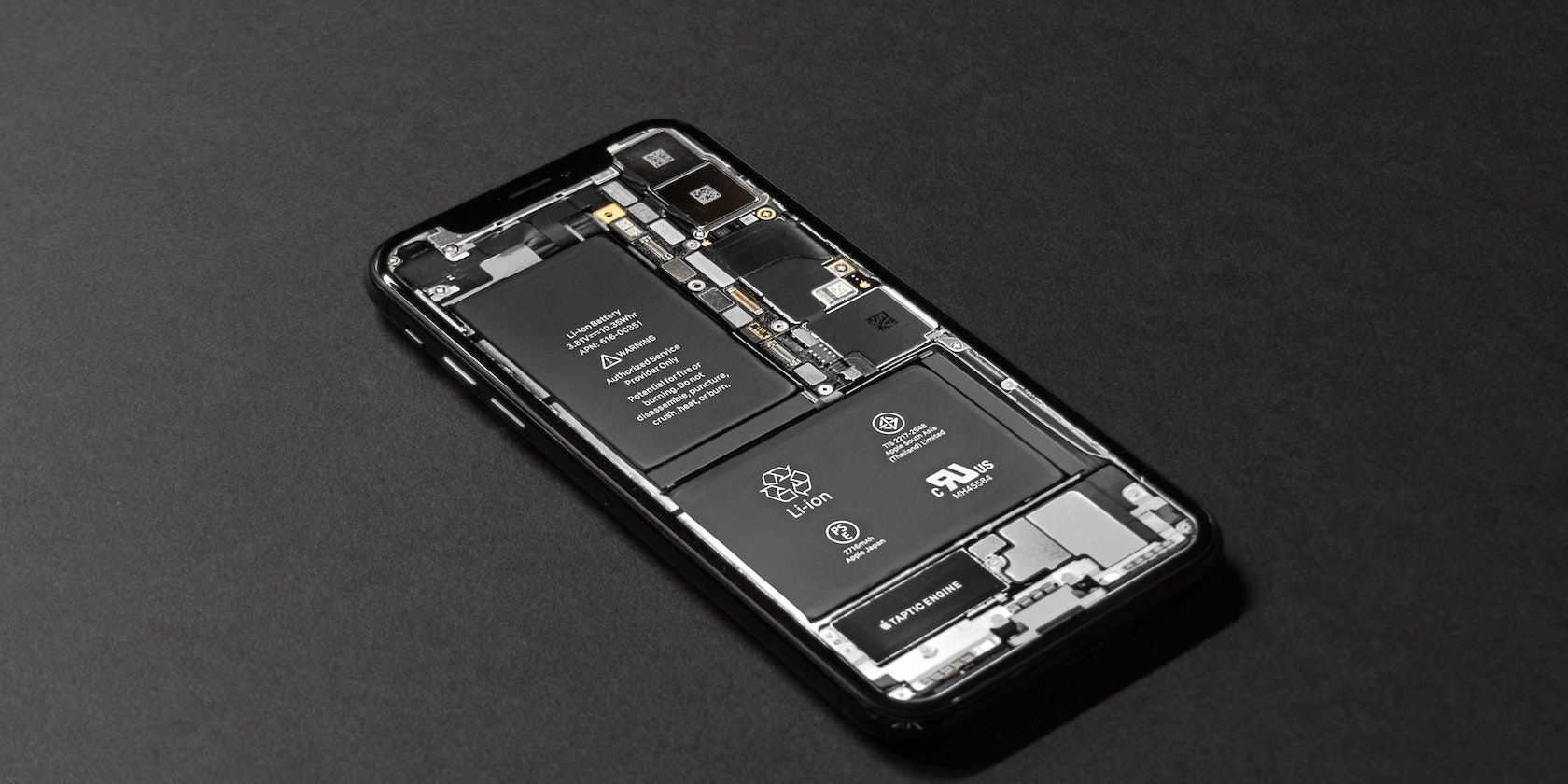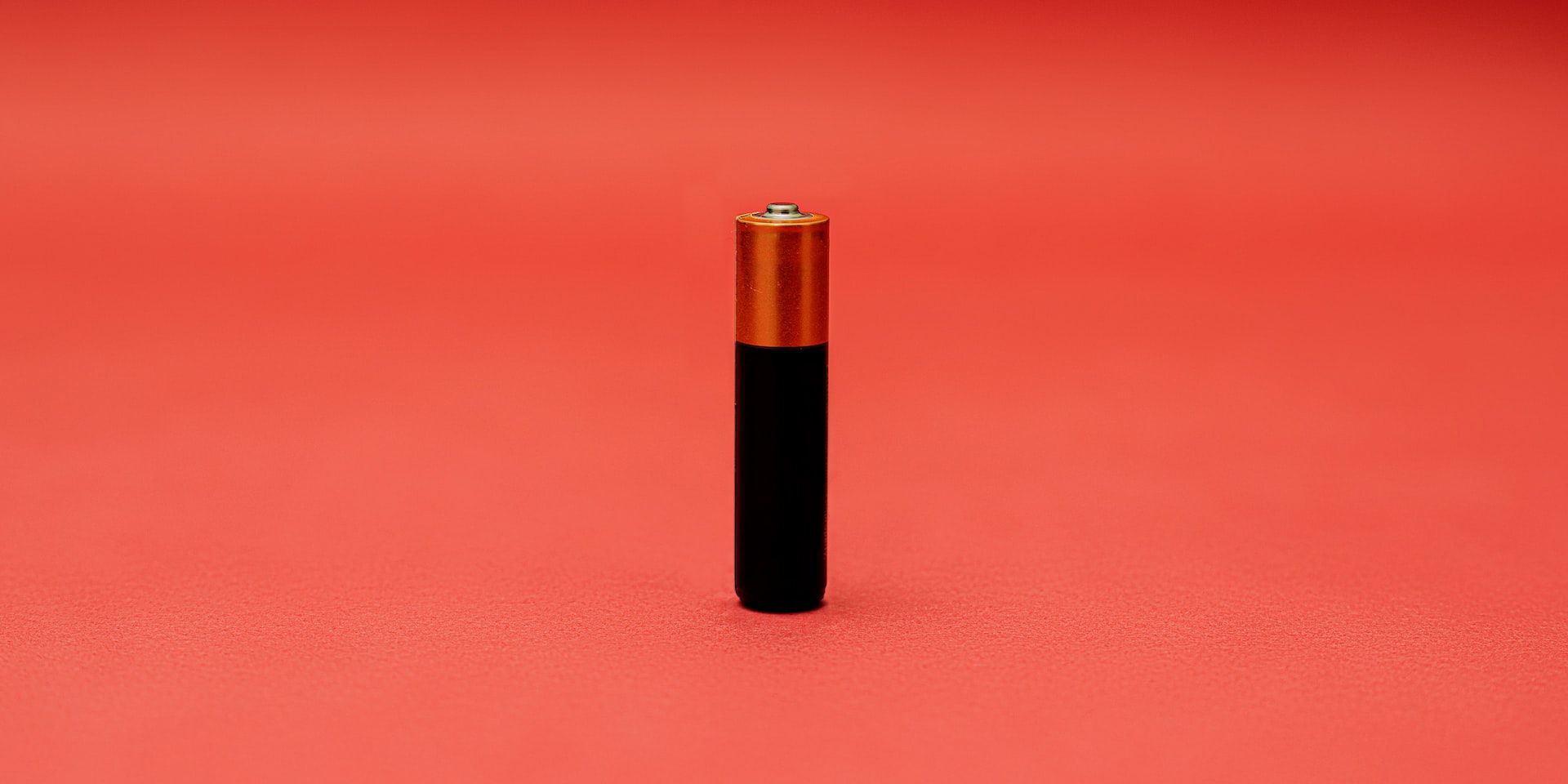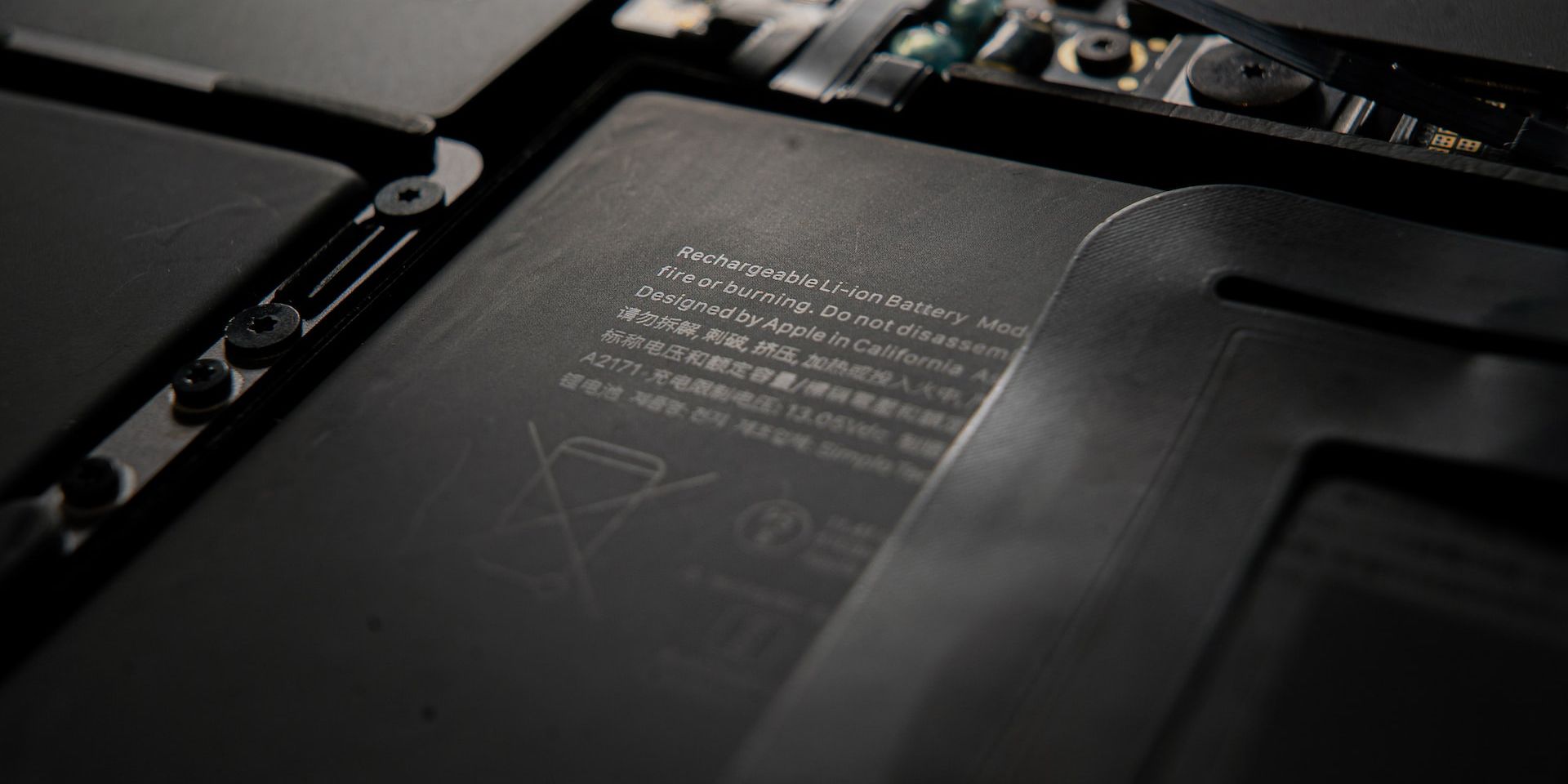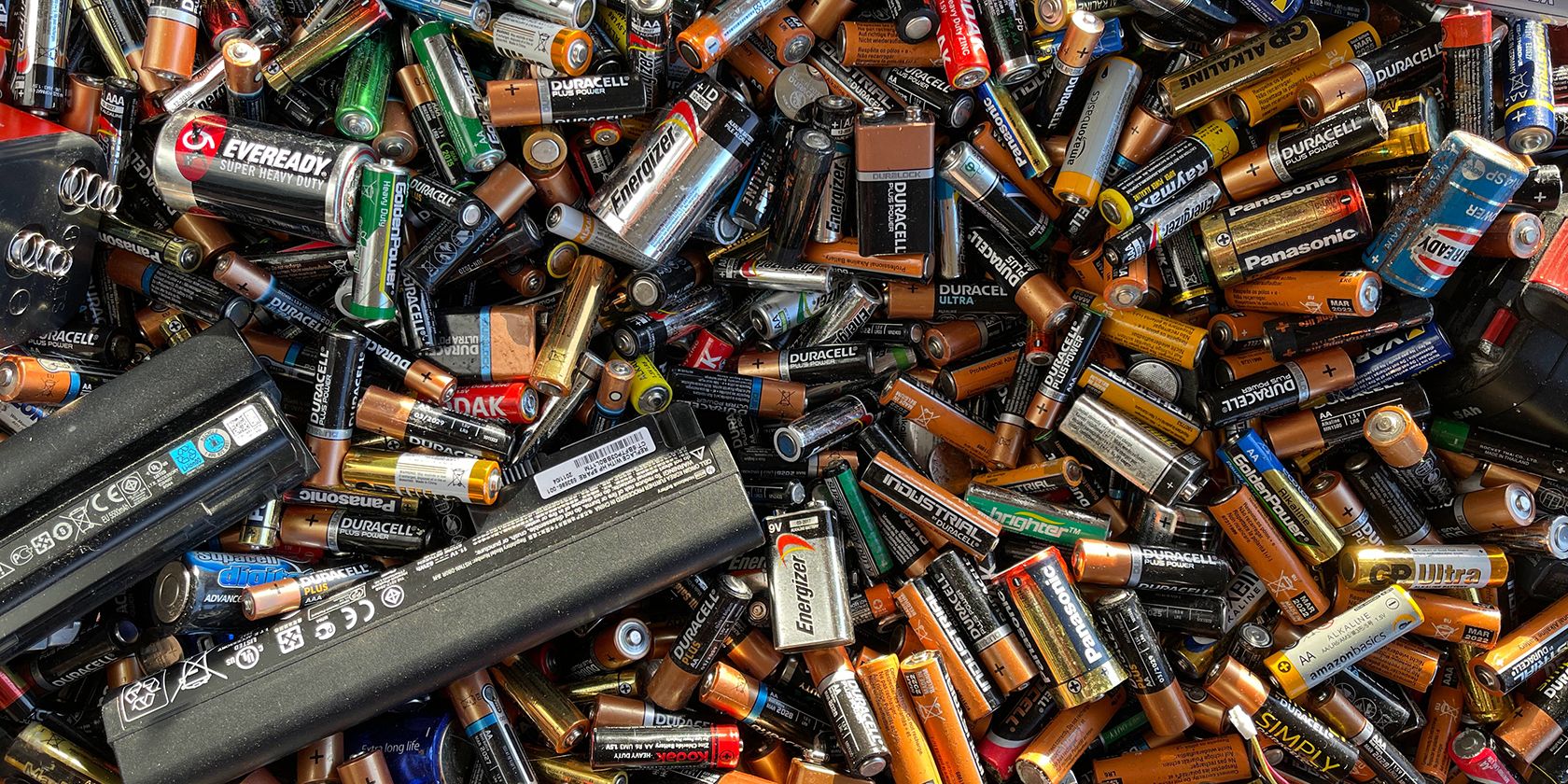Batteries are convenient energy supplies that power portable electronic devices. From smartwatches to cars, batteries play such an important role in our daily lives that living without them would be near impossible.
If you've ever checked the specs for a smartphone, you've probably noticed that batteries have a mAh rating. mAh stands for milliampere hour, which is an electric charge unit.
But what does mAh measure in a battery, and how can you interpret it?
Understanding Electric Currents in Batteries
Electricity, as we know it, is the result of electrons moving from one point to another. The rate at which these electrons flow across a surface is called the electric current and is measured in amperes.
When a coulomb of charged particles (roughly six billion-billion) flow through a circuit in one second, an electric current of one ampere is acquired.
Batteries generate electricity by moving electrons from one electrode to the other. When a battery moves a coulomb of electrons from one end to the other per second, it generates a one-ampere electric current.
Once you know this, it's easy to guess that the higher the current or ampere on a battery is, the more electrons it can send through your device in a given amount of time. However, although that sentence is true, there's more at work than just current.
What Does mAh Measure?
mAh stands for milliampere hour, a unit measuring charge or electricity. To break it down, "milli" is a prefix that means a thousandth, so one milliampere is equal to 0.001 amperes. The hour suffix means that the current is multiplied by an hour, a time unit.
Recalling from the previous section that current equals electric charge divided by time, you get the amount of electric charge or electricity when you multiply mA by an hour.
In batteries, mAh is a measure of battery capacity, and it utilizes all three concepts (electric charge, current, and time) to estimate how much electricity the battery can hold. For example, a capacity rating of 1,000mAh on a battery means that once fully charged, it can sustain an electric flow of 1,000mA for one hour.
It's important to know that this doesn't mean a 1,000mAh battery provides a constant current of 1,000 milliamperes. If that were true, then all batteries would last exactly one hour. The electric current a battery provides depends on its applications and the battery's structure.
For example, an alkaline battery inside a clock will last far longer than the same battery inside a gaming mouse, despite providing the same voltage and having the same capacity.
Another important disambiguation is between a battery's capacity and the maximum electric current it can output. The maximum electric current a battery can output depends on the battery's structure and is measured as the discharge rating. This is particularly relevant with LiPO batteries since different LiPo batteries have different discharge ratings.
A 5,000mAh LiPo battery with a discharge rating of 3 can output a 15,000mA or 15A electric current, and naturally, this 15A current will last much less than an hour.
Does Higher mAh Mean More Battery Life?
After all this talk about batteries and electric currents, it's time to answer the million-dollar question. Does a higher mAh rating mean more battery life? Well... it depends.
Battery life, or the rate a battery is discharged under use, depends on both the battery and the device it's powering. So in a general sense, if you put two identical batteries that only differ in their capacities in two identical devices with the same usage, then the battery with more capacity will naturally last longer.
A real-life example is a clock, where the battery consumption remains the same. In this case, a 2,200mAh alkaline battery will keep the clock ticking much longer than a 900mAh one.
Another use case of mAh is in smartphone batteries. The battery's capacity is a critical part of a smartphone's specs, but a bigger battery on a smartphone doesn't necessarily mean it'll have a longer battery life.
For instance, Google's Pixel 7 has a smaller battery than a Pixel 6 but has a longer battery life. This is likely because the newer smartphone is better optimized to consume less power, and as a result, it lasts longer than its predecessor despite having a smaller battery.
So if you have a smartphone with a big battery that doesn't last as much as it should, you can take measures to optimize your phone so that it consumes less power. This way, you can increase the battery's life without increasing its capacity.
Many Variables Affect Battery Life
A battery's capacity is often measured in mAh or milliampere hours. This is a measure of how much constant current the battery can provide in one hour before it's depleted.
Lots of factors, such as battery structure, voltage, and application, come to play to determine a battery's life. However, if two batteries are identical in every aspect except for their mAh rating, then the battery with higher mAh will definitely last more.




